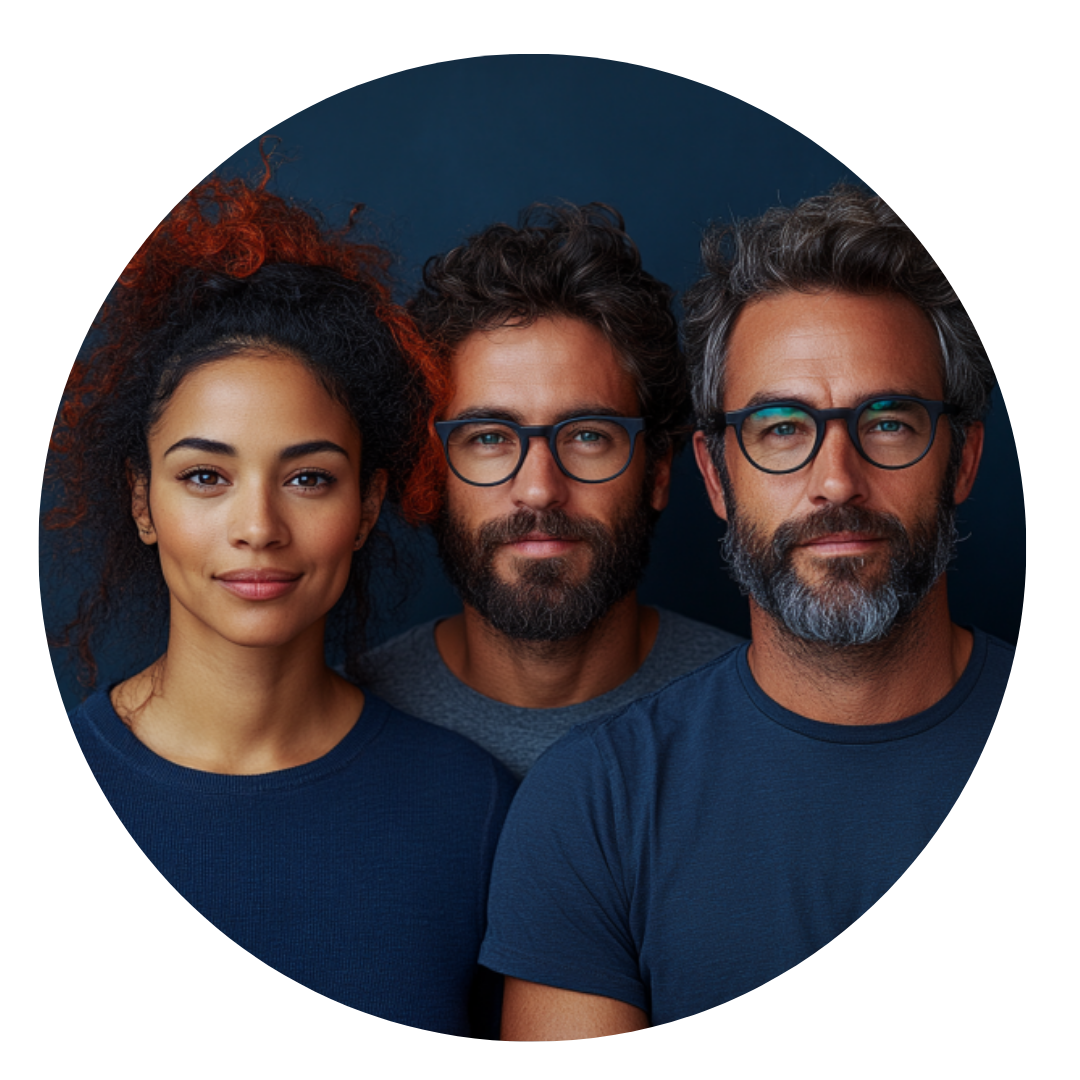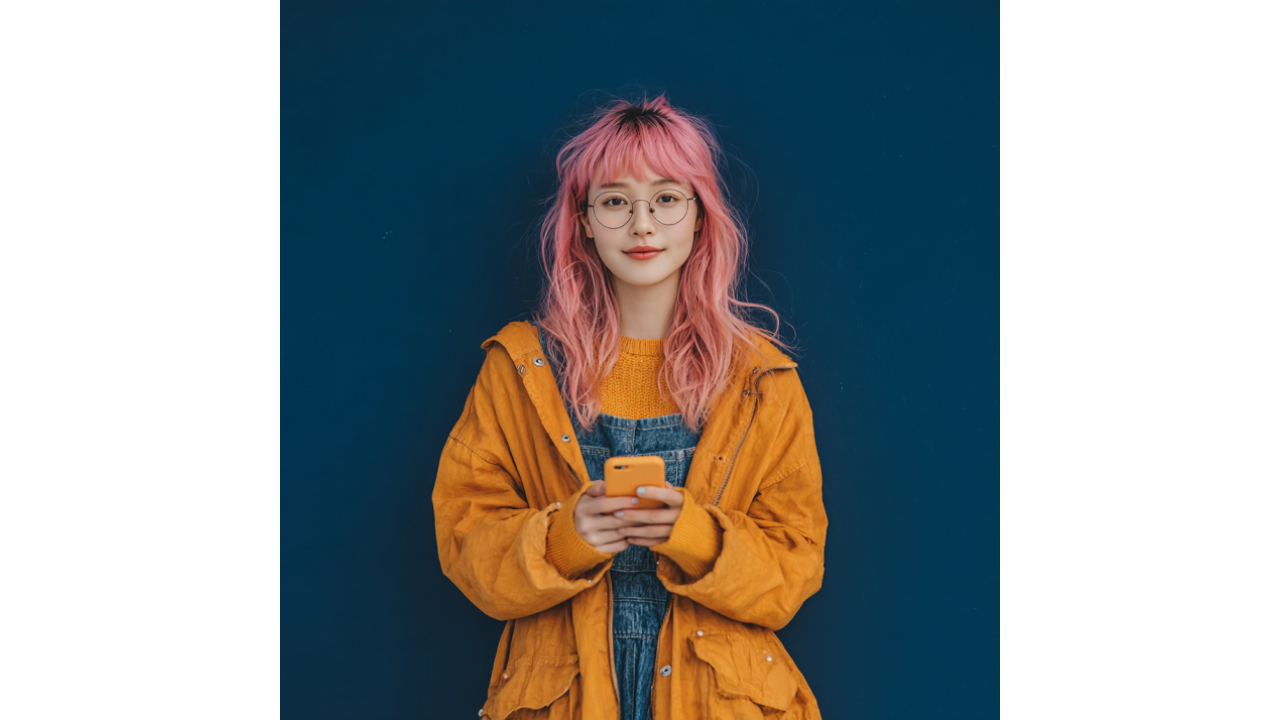OpenAI's MLK Deepfake Disaster: When Move Fast and Break Things Breaks Everything
There's a special kind of tech industry arrogance that lets you build a tool capable of generating deepfake videos of Martin Luther King Jr., release...
4 min read
 Writing Team
:
Oct 28, 2025 7:59:59 AM
Writing Team
:
Oct 28, 2025 7:59:59 AM
-3.png)
OpenAI just announced a slate of updates for Sora, its AI video app that's been sitting at No. 1 in the App Store since late September. The headline features: you can now turn your pets into AI characters, stitch clips together, and browse "trending cameos" in real time. Also coming "soon"—an Android version that's been on pre-registration limbo for weeks.
This is the playbook for an app that doesn't know what it wants to be yet.
Sora launched with genuine technical innovation—text-to-video generation that occasionally produces stunning results. But instead of doubling down on what makes it powerful, OpenAI is layering on social features, content moderation debates, and now, AI avatars of your golden retriever. The updates feel less like strategic product evolution and more like hedging bets while the company figures out whether Sora is a creative tool, a social network, or a meme factory.
The centerpiece of this update is "cameos"—AI personas created from uploaded reference videos. Originally, this meant making an AI version of yourself. Now it includes pets, stuffed toys, and "pretty much anything else." Sora will surface "trending cameos" in real time so users can find popular characters and generate videos featuring them.
This is TikTok logic applied to generative AI. The assumption is that virality drives engagement, and engagement justifies the product. But Sora's core value proposition was never about remixing other people's characters—it was about creating original video content from text prompts without needing production resources.
Turning that into a social cameo marketplace doesn't make Sora more useful. It makes it busier.
According to Sensor Tower data from 2024, the most successful creative tools—CapCut, Canva, Adobe Express—win by reducing friction between intent and output. They don't ask users to browse trending assets or engage with other people's content. They get out of the way and let you make what you came to make.
Sora is moving in the opposite direction. Instead of refining generation quality, prompt accuracy, or output control—things professional users actually need—it's adding discovery layers, social channels, and character economies. That's not a creative tool. That's a platform trying to manufacture network effects.
Buried in the announcement: OpenAI is "working to reduce the excessive moderation of generations, which some users have complained is too strict."
This is the inevitable tension in consumer-facing generative AI. OpenAI needs Sora to feel safe enough for mainstream adoption, but heavy-handed content filtering breaks the creative use cases that justify the product in the first place. Users complain that innocuous prompts get blocked. OpenAI loosens restrictions. Someone generates something problematic. The cycle repeats.
The moderation problem isn't technical—it's strategic. OpenAI is trying to build a product that serves both casual users making pet videos and professional creators producing commercial content. Those audiences have incompatible expectations around control, flexibility, and safety rails. You can't optimize for both without disappointing one.
Midjourney solved this by leaning hard into professional creative workflows and accepting that their user base would skew technical. Runway did the same. OpenAI is still trying to be everything to everyone, which means Sora ends up being mediocre for most use cases.
The update also promises "dedicated channels specific to a university, company, sports club, and more." This is Discord-style community infrastructure bolted onto a video generation app that's been live for less than a month.
Why?
Sora has 2 million downloads, per Appfigures, but it's still invite-only and limited to the U.S. and Canada. The product hasn't proven it can retain users long-term. It hasn't demonstrated that people want to make videos with Sora regularly, rather than try Sora once and move on. And yet OpenAI is already building social graph features and community infrastructure.
This feels like premature optimization. The company is designing for a world where Sora is a daily-use social platform before proving it can be a reliable creative tool. The risk is that they end up with a cluttered product that's mediocre at both.
A 2023 report from a16z found that generative AI apps face steep drop-off rates—most users churn within weeks because the novelty wears off and the utility isn't clear. The apps that survive are the ones that solve a specific, recurring problem well. Sora's pivot toward social features suggests OpenAI knows retention is weak and is hoping community features will prop it up.
That's backward. Build the tool first. Add the social layer once people can't live without it.
Here's what professional users actually need from AI video tools:
The ability to specify camera angles, lighting, motion paths, and composition with granular detail—not just hope the model interprets "cinematic" correctly.
Generate the same character, setting, or style across multiple shots so you can build coherent sequences, not random one-offs.
Direct export to Premiere, Final Cut, or DaVinci Resolve with timeline metadata intact. Video professionals don't want a standalone app—they want a plugin that fits their existing workflow.
Clear terms around commercial use, copyright, and attribution so agencies and brands can actually deploy this in production.
None of these made the update announcement. Instead, we got pet cameos and trending character feeds.
OpenAI has had Sora on Google Play pre-registration for weeks with no launch date. Bill Peebles, Sora's head, says Android is "actually coming soon," which is startup-speak for "we don't know."
This matters because Android represents 70% of the global smartphone market. If Sora were truly a breakout product, shipping Android would be top priority. The delay suggests either technical issues with the Android build or internal uncertainty about whether Sora is ready for a broader audience.
Neither is reassuring.
Sora isn't failing—2 million downloads and a No. 1 App Store ranking prove there's demand. But OpenAI is treating it like a social app instead of a production tool, which means it's vulnerable to the same retention problems that killed Lensa, Wombo, and a dozen other viral AI apps that couldn't convert novelty into utility.
The updates announced this week feel like feature creep disguised as momentum. Pet cameos, trending characters, and university channels aren't solutions to Sora's core challenges—they're distractions from them.
If OpenAI wants Sora to be more than a flash-in-the-pan viral app, it needs to pick a lane: build a professional video tool that competes with Runway and Pika, or build a consumer social platform that competes with TikTok. Right now, it's doing neither well.
The smart money is still on Runway.
If your team is trying to figure out which AI tools are worth integrating into your content workflows—and which ones are just noise—we can help. Winsome Marketing works with growth teams to separate signal from hype and build systems that actually scale. Let's talk.
-3.png)
There's a special kind of tech industry arrogance that lets you build a tool capable of generating deepfake videos of Martin Luther King Jr., release...

Sora's Android launch pulled 470,000 downloads on day one across seven markets, crushing its iOS debut by 327%. OpenAI is celebrating. The tech press...